http://m.nzherald.co.nz/business/news/article.cfm?c_id=3&objectid=11614053
By Grant Bradley
A travel agent is offering return seats from Auckland to Los Angeles for $699 and add-on fares to New York, Chicago or Miami for just another $10.
Helloworld is selling 200 seats aboard American Airlines' new service at the cut rate price - $100 lower than those announced yesterday.
The agency is selling the seats as a loss leader and helloworld general manager of marketing David Libeau said he expected them to sell out quickly.
``These prices are not sustainable long term but this is fun while it lasts,'' he said
``At $699 round trip to LA I would be surprised if we see anything lower in the market but you never know. These are loss leaders to drive business on the North American route and drive market share.''
Those opting for the $10 add-on flights further east must pay for accommodation or a cruise to the value of $500 or more.
Travel is between October 15 and December 15.
``The market is very competitive right now which has been driven by increased competition on the North American routes, particularly with American Airlines (to LA) and United Airlines (to San Francisco ) about to commence nonstop services from Auckland,'' said Libeau.
``This has driven a frenzy of sales activity which is great for the consumer while it lasts.''
American Airlines yesterday released Auckland-Los Angeles $799 return fares for later this year.
The airline, which has teamed up with partner Qantas to take on Air New Zealand on the route, will start flights in June using a Boeing 787-8 Dreamliner.
The fares are for travel between October 15 and December 15 and go on sale to midnight on April 1.
Travel is between October 15 and December 15.
`The market is very competitive right now which has been driven by increased competition on the North American routes, particularly with American Airlines (to LA) and United Airlines (to San Francisco ) about to commence nonstop services from Auckland,'' said Libeau.
``This has driven a frenzy of sales activity which is great for the consumer while it lasts.''
American Airlines yesterday released Auckland-Los Angeles $799 return fares for later this year.
The airline, which has teamed up with partner Qantas to take on Air New Zealand on the route, will start flights in June using a Boeing 787-8 Dreamliner.
The fares are for travel between October 15 and December 15 and go on sale to midnight on April 1.
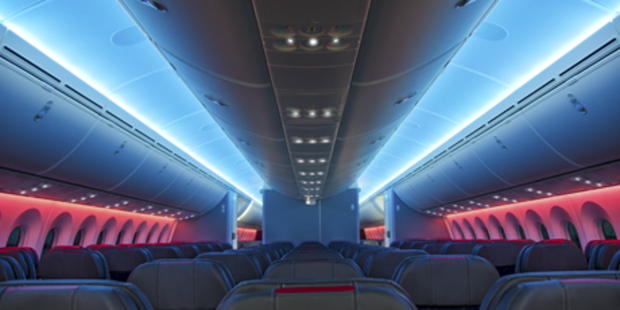
"Five years ago return airfares on sale to LA retailed at between $1500 and $1600, double the cost of the airfare we have available through American Airlines from today. Increased capacity and competition among airlines continue to push airfare prices down - we believe this deal will be extremely well-received by Kiwis and is a sign of airfare pricing to come,'' House of Travel commercial director Brent Thomas said
Erwan Perhirin, American Airlines vice president, Asia Pacific said he expected competition to remain intense.
"It's one example of what choice and competition will bring to the market," he said.
This has allowed us to expand our footprint without investing in new capacity. We didn't have the aircraft to get into the route.
American Airlines is the world's biggest emerged from bankruptcy protection in 2013 but since its merger with US Airlines, restructuring and tail winds from lower fuel costs has made record profits and is growing aggressively.
In the past three years it has ordered 1000 new aircraft and is adding new planes to its fleet at the rate of two a week.
Perhirin said since announcing it would re-enter the New Zealand market, after a gap of 24 years, demand for its flights had been strong.
Airlines have struggled to make the transpacific market pay in the past, including Qantas which pulled out of the Auckland-Los Angeles route four years ago.
However, Pershirin said his airline was confident about the business case this time around for the flights which will be daily for much of the year.
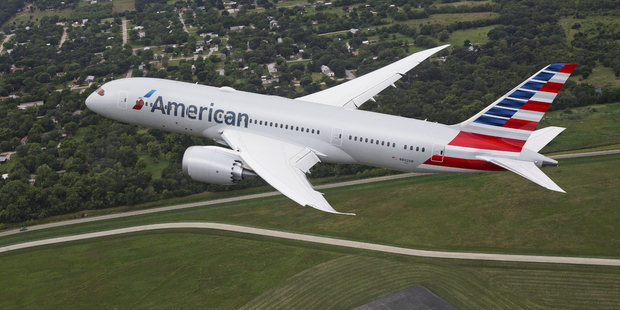
"We don't go into a route without the full expectation and commitment to succeed and while pricing is one thing what we'll be focusing on is competing on product and service."
The American Airlines Dreamliners have a business class cabin with lie flat beds and offer wifi throughout the plane for US$20 a flight. It was also relying on the expertise of its revenue partner, Qantas.
"Working with Qantas, adopting best practices, tailoring the product and service offering to local expectations is going to be part of winning a long term viability," he said.
Stephen Thompson, Qantas senior vice president Americas, NZ, Pacific Islands and Japan, said his airline didn't have the right plane when it last flew here so struggled and crucially, wasn't able to use a partner's aircraft.
"This has allowed us to expand our footprint without investing in new capacity. We didn't have the aircraft to get into the route," he said.
The Australian airline has expanded in New Zealand with Jetstar flying into regional routes meaning passengers were able to fly on routes such as from Nelson to New Orleans more seamlessly on the Qantas-American partnership.
Sean Berenson, Flight Centre NZ general manager product said there had been considerable movement in the last six months with new carriers entering the New Zealand-US market and a marked decrease in pricing.
A couple of years ago a good tactical fare would have been around $1599.
``I imagine we'll see pricing continue to become ever more competitive on this route and its likely we'll see fares being really good day in and day out as opposed to really good tactical fares less often.''
Grant Bradley
Aviation, tourism and energy writer for the Business Herald
Thursday, 31 March 2016
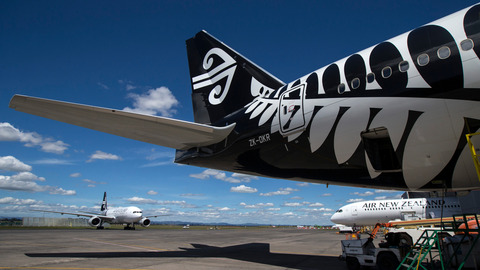 Air New Zealand says its 2017 earnings won't match the $800 million it has forecast for 2016 as the airline faces increased competition and gets less benefit from foreign exchange hedging.
Air New Zealand says its 2017 earnings won't match the $800 million it has forecast for 2016 as the airline faces increased competition and gets less benefit from foreign exchange hedging.

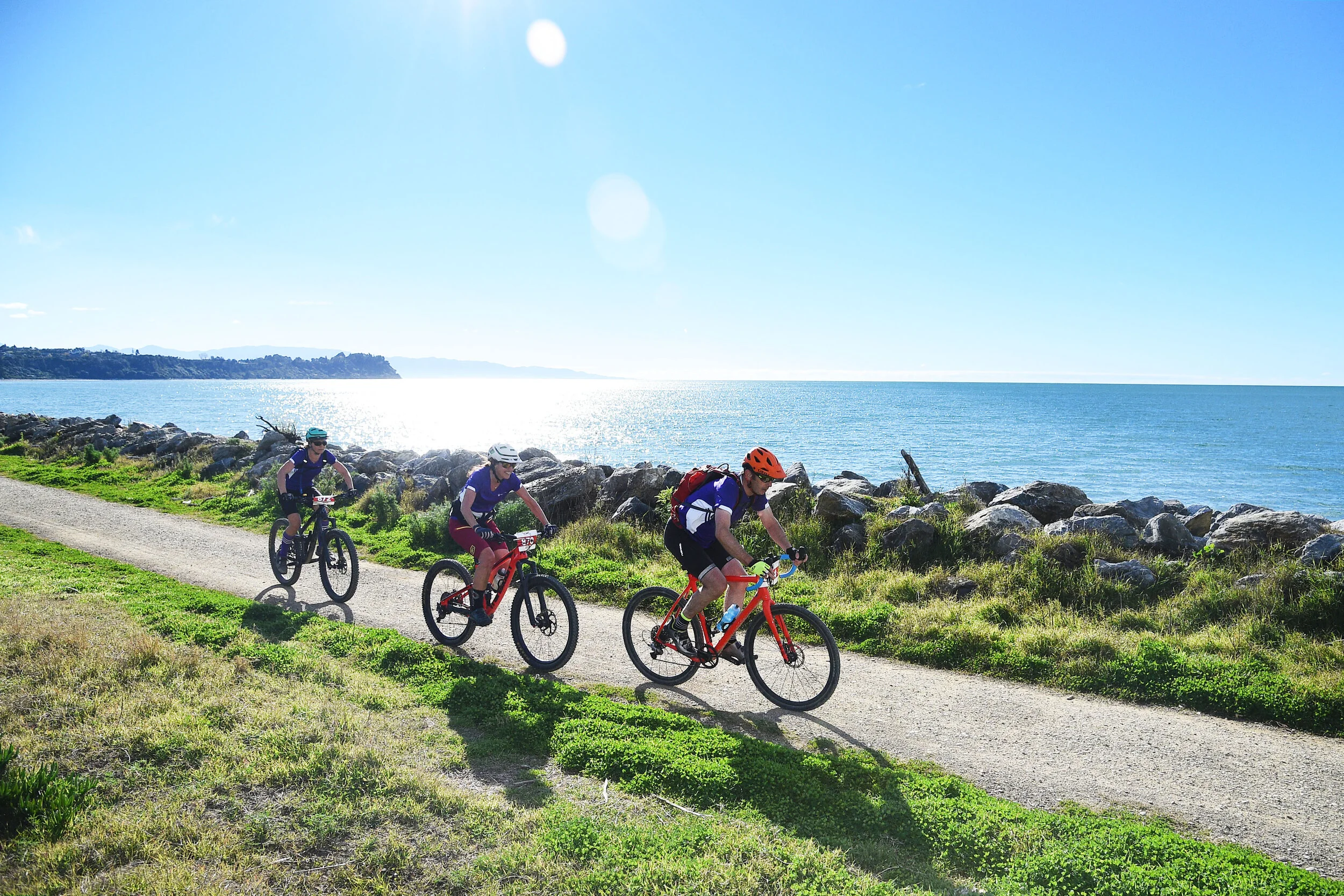



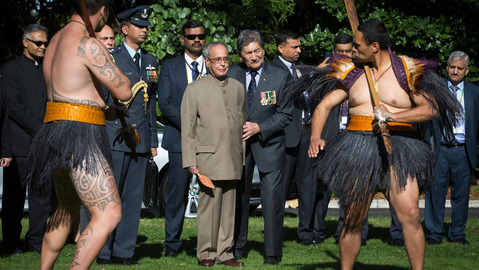 A new deal between New Zealand and India opens the door for a direct flight between the two countries.
A new deal between New Zealand and India opens the door for a direct flight between the two countries.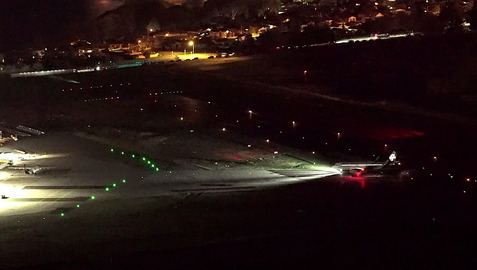
 Increased airline competition on routes between Los Angeles and New Zealand has pushed fares down as low as NZ$328 return when booked in the United States.
Increased airline competition on routes between Los Angeles and New Zealand has pushed fares down as low as NZ$328 return when booked in the United States.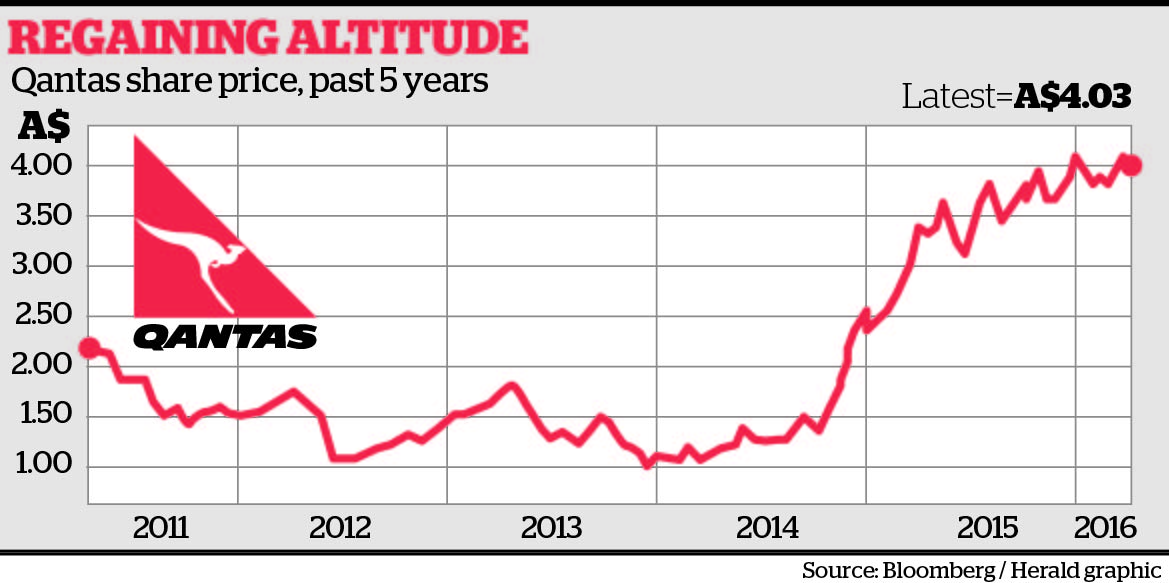
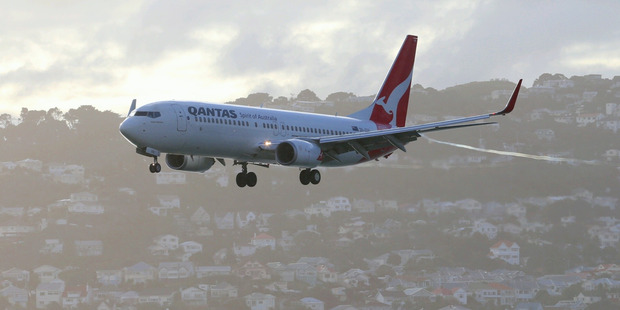
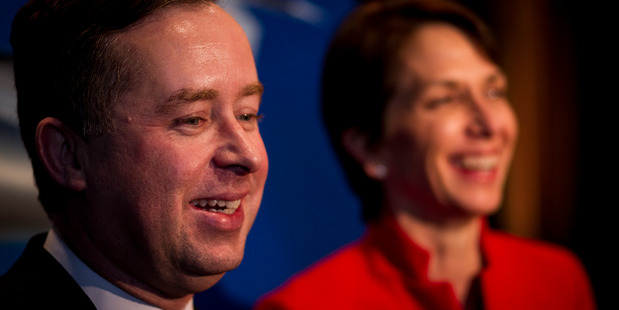
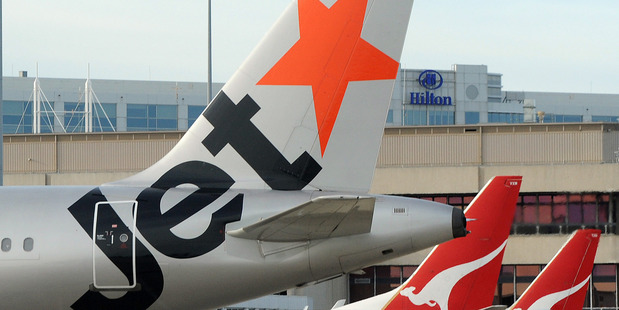


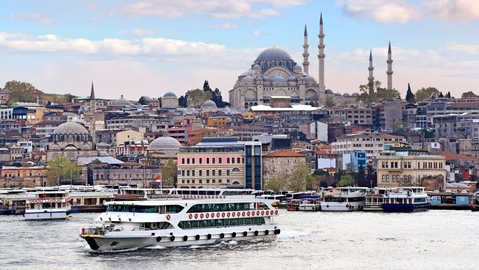 By Grant Bradley
By Grant Bradley Nelson-based Originair is temporarily earthbound but hopes to be flying again shortly, managing director Robert Inglis says.
Nelson-based Originair is temporarily earthbound but hopes to be flying again shortly, managing director Robert Inglis says.


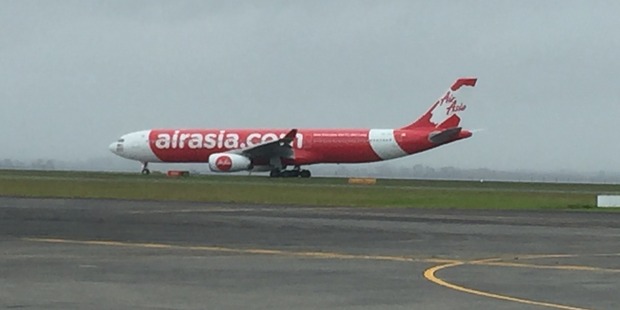
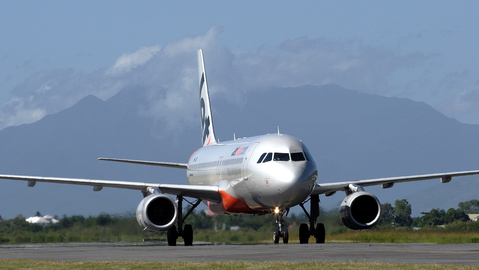 Tracey Bond flies on Jetstar JQ129, Auckland to Rarotonga.
Tracey Bond flies on Jetstar JQ129, Auckland to Rarotonga.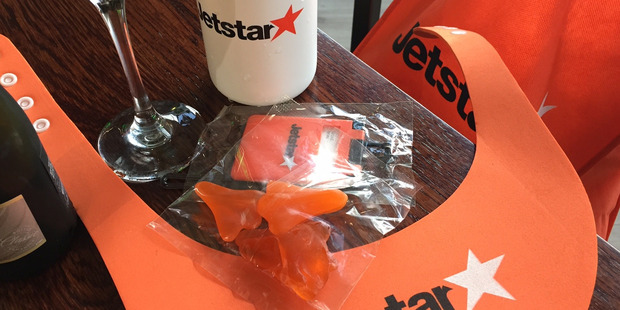 My seat: 2F with the basic starter fare.
My seat: 2F with the basic starter fare.
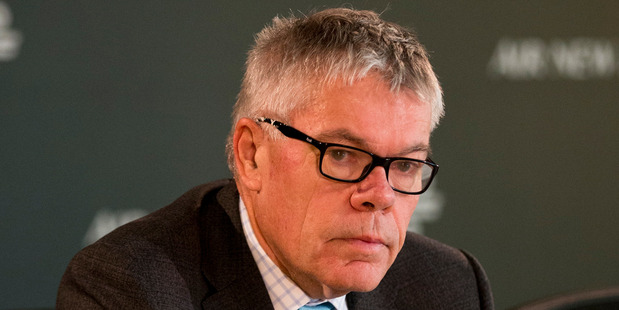


 Fasten your seatbelts, kiwis: our airline connections to the rest of the world are improving and quite dramatically lately.
Fasten your seatbelts, kiwis: our airline connections to the rest of the world are improving and quite dramatically lately.

 Airfares to Nelson, Napier, New Plymouth and Palmerston North have fallen sharply since budget airline Jetstar started flying to regional centres in December.
Airfares to Nelson, Napier, New Plymouth and Palmerston North have fallen sharply since budget airline Jetstar started flying to regional centres in December.